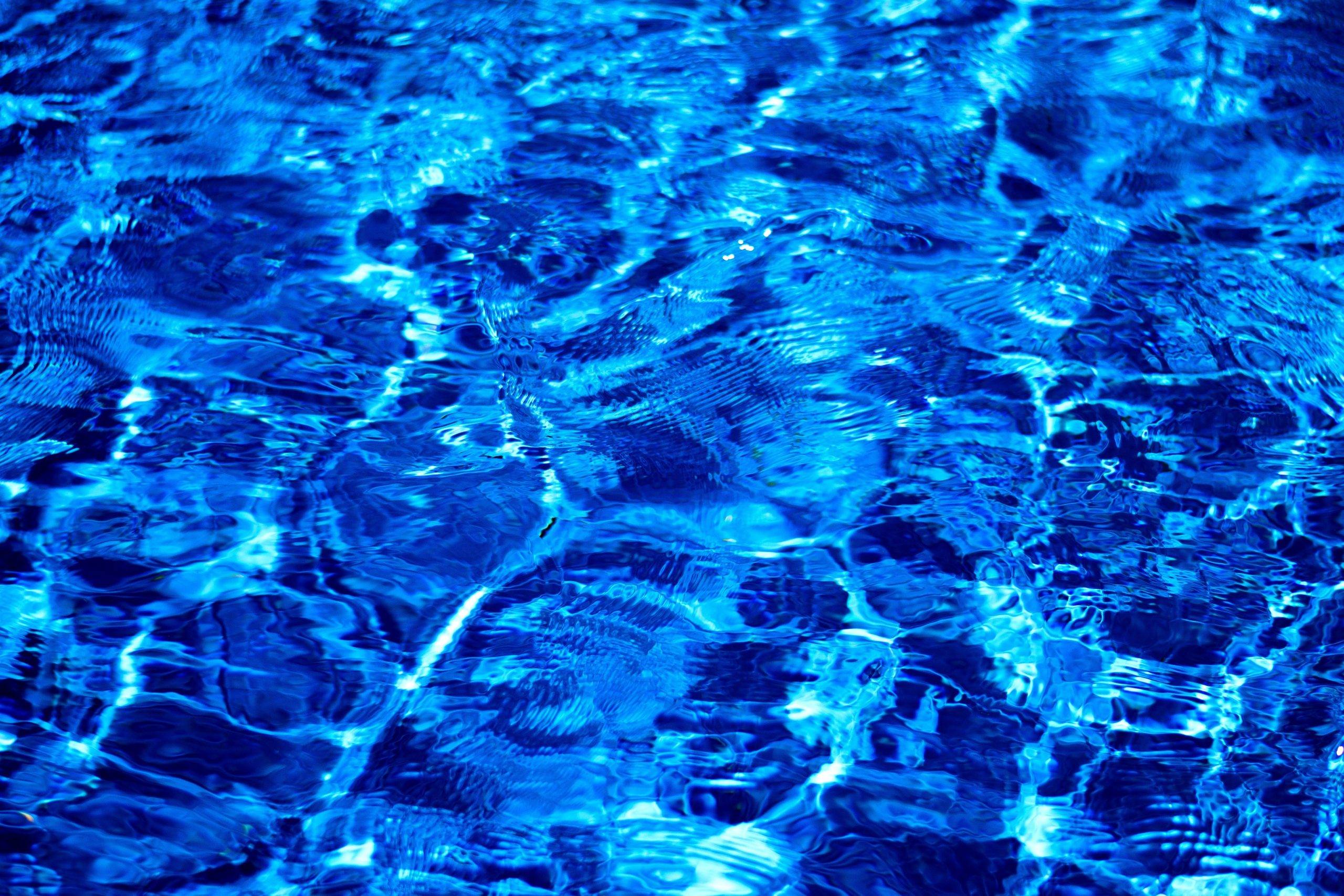Yeah... lucky me! Have a 10K gallon saltwater pool in St. Petersburg. Waterline of pool is about 7' from the bayou. Pool completely flooded with bayou/gulf water. Lots of shells and sand in pool. One company is telling me I have no choice other than to fully drain pool, scrub pebble tech and tiles, and refill. And that's necessary because the seawater will destroy everything in the pool (including pump systems) and will stain pool. Others have warned me too much risk the pool will pop. High tides are very high and water is saturated from storm, so this scares the living sh*t out of me to do that. Another company is telling me to pump out 25%, refill with fresh water. Treat with chemicals then retest for salt level. Repeat process until salt level in control. They claim minimal risk of staining.. and that can be treated anyway. Note, pool pumps were not impacted. Suggestions?? I'm getting two different suggestions from 'respected' pool companies. Both seem to have merit. Thanks!
Pool flooded with seawater from Hurricane Idalia
- Thread starter leebour
- Start date
You are using an out of date browser. It may not display this or other websites correctly.
You should upgrade or use an alternative browser.
You should upgrade or use an alternative browser.
Ugh, so sorry you are dealing with this. I think I would err on side of caution and do a no drain exchange. I think your fear of the pool popping out of ground is very realistic, especially since the ground must be very saturated right now.
Others will be along shortly to help!
Others will be along shortly to help!
- May 23, 2015
- 24,435
- Pool Size
- 16000
- Surface
- Plaster
- Chlorine
- Salt Water Generator
- SWG Type
- Pentair Intellichlor IC-60
No drain exchange is your best option.
Great time to convert to an SWG though!!! You just got salt water for free!!
(trying to find the silver lining ….)
Great time to convert to an SWG though!!! You just got salt water for free!!
(trying to find the silver lining ….)
Hi @JoyfulNoise .. it is actually a SWG. But Company 1 is saying the caustic nature of the seawater is way worse than fresh water with salt added. I have to think it's all the other Crud in the seawater that's really the 'bad' stuff and why they suggest getting it out quickly by draining. But isn't that chlorine's job to neutralize all that other messy stuff?! Just off the phone with my pool builder and he is adamantly in full agreement with Company 2, drain no more than 25%. Refill with fresh water, treat with chemicals, and then test 'new' salt level. Repeat as necessary. Meanwhile, scoop all the shells and sand as possible. Company 2 says then can vacuum the remaining sand and shells. I'll be the hare in this fable. Slow and steady.
Thanks @kellyfair hoping you were spared. At least we had no water intrusion in our home. One of only 3 houses on my street that can say that.
Thanks @kellyfair hoping you were spared. At least we had no water intrusion in our home. One of only 3 houses on my street that can say that.
- May 23, 2015
- 24,435
- Pool Size
- 16000
- Surface
- Plaster
- Chlorine
- Salt Water Generator
- SWG Type
- Pentair Intellichlor IC-60
Seawater isn’t great but their hysteria is a bit overblown.
Just do a no drain exchange of the water. Run a slow submersible pump in the deep end and refill through the skimmer in the shallow end. Turn the pool pump off and let the water be still. The less dense fresh water will float on top of the heavier sea water and there will be very little mixing of you keep the outflow and inflow rates slow and steady.
Just do a no drain exchange of the water. Run a slow submersible pump in the deep end and refill through the skimmer in the shallow end. Turn the pool pump off and let the water be still. The less dense fresh water will float on top of the heavier sea water and there will be very little mixing of you keep the outflow and inflow rates slow and steady.
Thank you - we aren’t in a flood zone and didn’t even lose power this time which was amazing (all I usually have to do is wave hello at my power lines and the power goes down).Hi @JoyfulNoise .. it is actually a SWG. But Company 1 is saying the caustic nature of the seawater is way worse than fresh water with salt added. I have to think it's all the other Crud in the seawater that's really the 'bad' stuff and why they suggest getting it out quickly by draining. But isn't that chlorine's job to neutralize all that other messy stuff?! Just off the phone with my pool builder and he is adamantly in full agreement with Company 2, drain no more than 25%. Refill with fresh water, treat with chemicals, and then test 'new' salt level. Repeat as necessary. Meanwhile, scoop all the shells and sand as possible. Company 2 says then can vacuum the remaining sand and shells. I'll be the hare in this fable. Slow and steady.
Thanks @kellyfair hoping you were spared. At least we had no water intrusion in our home. One of only 3 houses on my street that can say that.
It’s a miracle that you had no water in your house!
Glad you are going to take the cautious route in draining - smart move!
@JamesW Not sure on the salt level. Local store machine only goes to 5,000. It keeps topping that. Thanks @JoyfulNoise Following your suggestion precisely. Other than scooping out shells, trying to let water be still.
- May 23, 2015
- 24,435
- Pool Size
- 16000
- Surface
- Plaster
- Chlorine
- Salt Water Generator
- SWG Type
- Pentair Intellichlor IC-60
@JamesW Not sure on the salt level. Local store machine only goes to 5,000. It keeps topping that. Thanks @JoyfulNoise Following your suggestion precisely. Other than scooping out shells, trying to let water be still.
I’d just leave the debris until the water is exchanged. The shells and sand aren’t really going to do anything. It’s better to get the water exchanged and more efficient if you don’t touch the pool while doing it.
Did an industry rep just admit that salt pools are a fraction (1/10th actually) the salinity of the 'salt water' they are always quoting as a scare tactic ?But Company 1 is saying the caustic nature of the seawater is way worse than fresh water with salt added.
I'm guessing very close to 35k as the ocean did a no drain exchange.What is the current salinity?
- May 23, 2015
- 24,435
- Pool Size
- 16000
- Surface
- Plaster
- Chlorine
- Salt Water Generator
- SWG Type
- Pentair Intellichlor IC-60
I'm guessing very close to 35k as the ocean did a no drain exchange.
Mother Nature gave you a pro-bono water displacement … she says, “You’re Welcome!”

Just watch out for gators
With no CYA. #silverlinings.Mother Nature gave you a pro-bono water displacement
@leebour we need a full set of test results when possible. The joke above reminded me that any chlorine you add likely won't last but an hour or two with no CYA.
Imaging how well the SWG will work.
It can produce enough chlorine in ten minutes for the whole day.*
*Assuming the amperage does not cause the SWG power supply to explode.
It can produce enough chlorine in ten minutes for the whole day.*
*Assuming the amperage does not cause the SWG power supply to explode.
- Nov 30, 2019
- 853
- Pool Size
- 8500
- Surface
- Fiberglass
- Chlorine
- Salt Water Generator
- SWG Type
- Hayward Aqua Rite (T-15)
Another option for a water exchange, much more efficient imo, is the ‘tarp method’. I’ve used it 3 times with great success.
 www.troublefreepool.com
www.troublefreepool.com
Plan for full water exchange using tarp
Hi everyone, I have been struggling with metal staining all year in my first year of pool ownership and at the advice of many I have decided to do a full water exchange as to be sure I can remove all metals from the water. I plan to document my steps here in the hopes this helps someone else as...
+1. I will quote post 5 from that thread just in case someone was to miss it or read the theory in this thread without reading the link and/or thinking it through.
Please be aware of the risks of using the tarp. Especially to people or pets. You must be very careful there are NO children or pets near the pool during this process. The risk of drowning if one falls in to the pool during this is very high.

Become a TFP Supporter
Help Support TFP Trouble Free Pool is run by a dedicated group of volunteers that … Read more…
Thread Status
Hello , This thread has been inactive for over 60 days. New postings here are unlikely to be seen or responded to by other members. For better visibility, consider Starting A New Thread.


